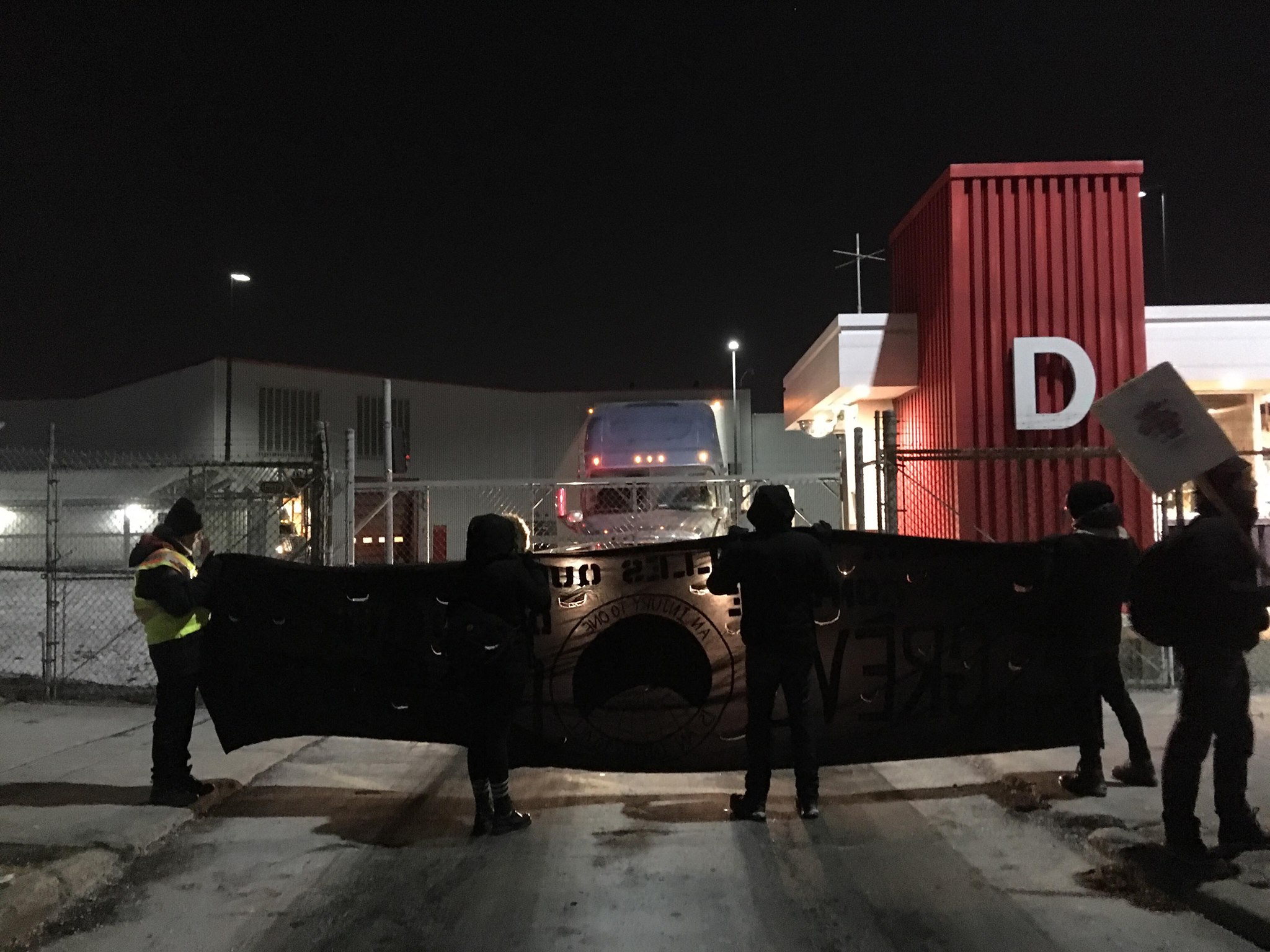Nick Driedger talks about what it would take to boost union numbers.
According to a recent study by Abacus Data, more people in Canada want to be in unions than are in unions. As they put it:
In our most recent national survey of 2,903 Canadian adults, we asked:
“If you had the choice between working in a job that was unionized or not unionized, which would you choose?”
…42% preferred a unionized workplace versus 39% who would want a non-unionized workplace. 19% were unsure.
…the results point to a desire by many Canadians to work in a unionized workplace. Despite the fact that about 16% to 20% of Canadians are unionized, more would choose to be if they could.
The article says 42% of people want to be in unions, compared to the 16% to 20% who currently are. So it would figure that unions should be able to sign up at least twice as many members as they have right now.
But the way to get a union in lots of jurisdictions in Canada is to get something like 40% of the workforce in a given workplace to sign authorization cards to trigger a vote. Then you need 50% +1 to win the vote, after the employer has done all sorts of things to try and discourage the staff from unionizing. It’s not an individual choice, it’s a group choice.
So on these numbers, if you were to assume that 42% was evenly distributed across the economy (it of course isn’t) you would actually have enough union support in each workplace to trigger a union election, but not enough support to win it. That’s if you held on to the same amount of support and didn’t lose support, as most union campaigns do when the employer campaigns against the union. So really, if the 42% support were even across the economy, it would actually be surprising that a union ever got certified at all.
Right now, under these stats, and playing by the rules laid out for unions in the legislation, the odds are not great for you to succeed in forming a union. This backs up information that indicates most attempts at forming a new union in a workplace fail. But that doesn’t just have to do with worker support; it also has to do with how the system for getting a union makes it very difficult. Workers do not get the rights that come with unionization until they reach certain thresholds — a certain percentage of authorization cards, a majority in an election — often while facing union-busting and retaliation in the process.
What polls can’t show
Another important statistic in this study is that between 67% and 77% of people in unions would prefer to be in a union — much higher than the general population. There are some simple possible explanations for this.
One is that people who are in unions know the benefits. This makes them less susceptible to anti-union propaganda from those with money and power.
But there’s more to it than that.
As explained above, joining a union is not an individual choice: the process for getting into a union in most cases does not involve your individual preference, but a group decision made by people at work at one point in time. It’s a vote by a proposed bargaining unit, not a matter of people just signing up for membership.
The collective nature of union politics is something you can’t see in opinion polling. That’s the liberal bias of polling. If you ask questions as a matter of individual opinion, you are going to get an answer that really only reflects abstract preference. The Abacus poll is measuring a decision as a matter of individual conscience that no one actually makes as a matter of individual conscience.
So the argument about union members seeing the benefits only scrapes the surface. Workers who have fought together and won something are going to see the union that was the vehicle for that struggle as a good thing.
What it really takes to grow the labor movement
I would put to those who want to grow the labor movement that the more people participate in, and are a part of, exercising that group power, the sooner they will see the union as something effective in making their lives better. Striking does this. Arbitrated first contracts do not. Direct action on the job does this. Grievance procedures, OH&S complaints and consultation with the employer do not.
There are two poles in any union campaign — and really in any work a union does. One pole is confidence in the collective power of the group. The other pole is fear, or a lack of trust in one’s peers and in the collective power of the group. Unions have at least partially won the fight in a workplace if the workers have some faith in the union’s ability to get concessions. But workers also need to be actively involved in the struggle.
The legal processes in our country mostly undermine the dynamic of building collective power. Those processes makes it so that the level of unionization does not line up with the level of support unions actually have. In order for labor to get its numbers back, it needs to get its power back. And in order to get its power back, labor needs to realize that, from the certification process to the grievance process, the box created by the law was created mostly to suffocate labor power.

